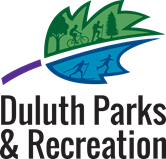Water Resources
Watershed Focus Areas:
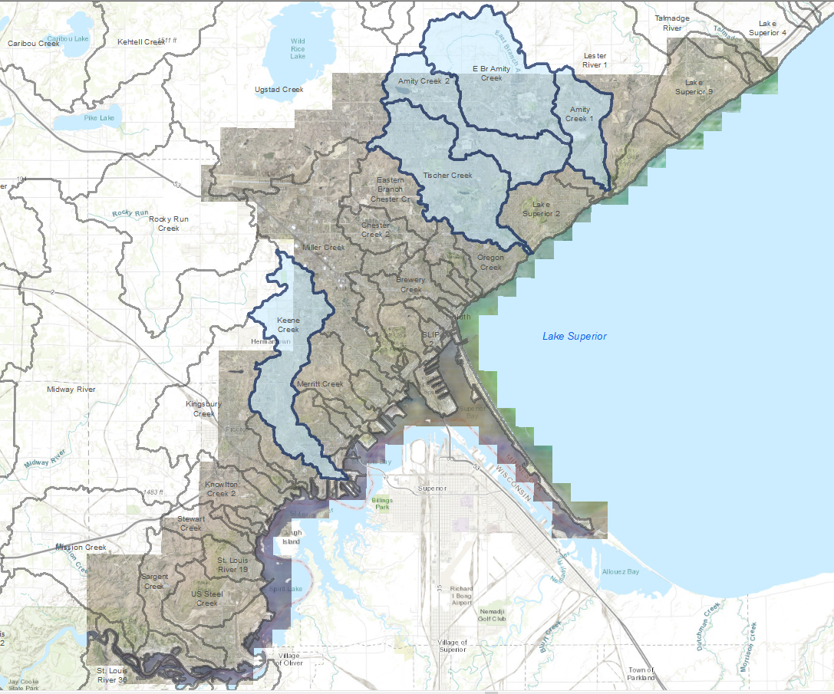
The City of Duluth is currently prioritizing three watersheds: Amity, Tischer and Keene. A lot of funding and energy is coalescing in these watersheds, all three of which are designated trout streams. Goal 3.f of the Duluth Natural Resources Management Program Plan is: “invest in aquatic habitat projects to protect Duluth's waters from unnatural erosion processes, remove water quality impairments, and/or protect for future water quantity or quality threats.” It is not the intent of the City to focus only on these watersheds in perpetuity; watershed focus areas will shift as water quality conditions, funding availability and partner priorities change. By focusing on a subset of the City’s 42 watersheds for as long a period as seems prudent, the City and its partners will be able to make the greatest impact possible as efficiently as possible in these impaired streams.
Amity Creek, the largest and most rural of these watersheds, is impaired for Turbidity – the water can get too muddy at times, usually during rainfall – and fish and bugs suffer because of the poor water quality. With its clay banks, flashiness and steepness in the lower watershed, the major contributor to the turbidity problem in Amity Creek is eroding banks. Erosion occurs because the stream’s channel is incised and can not access its floodplain. Because water can not spread out on the floodplain during high flows, high flows carve the banks away, causing dirt to slough off the bank and into the stream. This watershed was recently selected to be the recipient of 16 years of funding through the Clean Water Act Section 319 Small Watersheds Focus program. Only 35 watersheds were selected statewide for this funding. The South St. Louis Soil and Water Conservation District will be leading this effort. Amity Creek has also been the focus of restoration efforts under the Weber Stream Restoration Initiative.
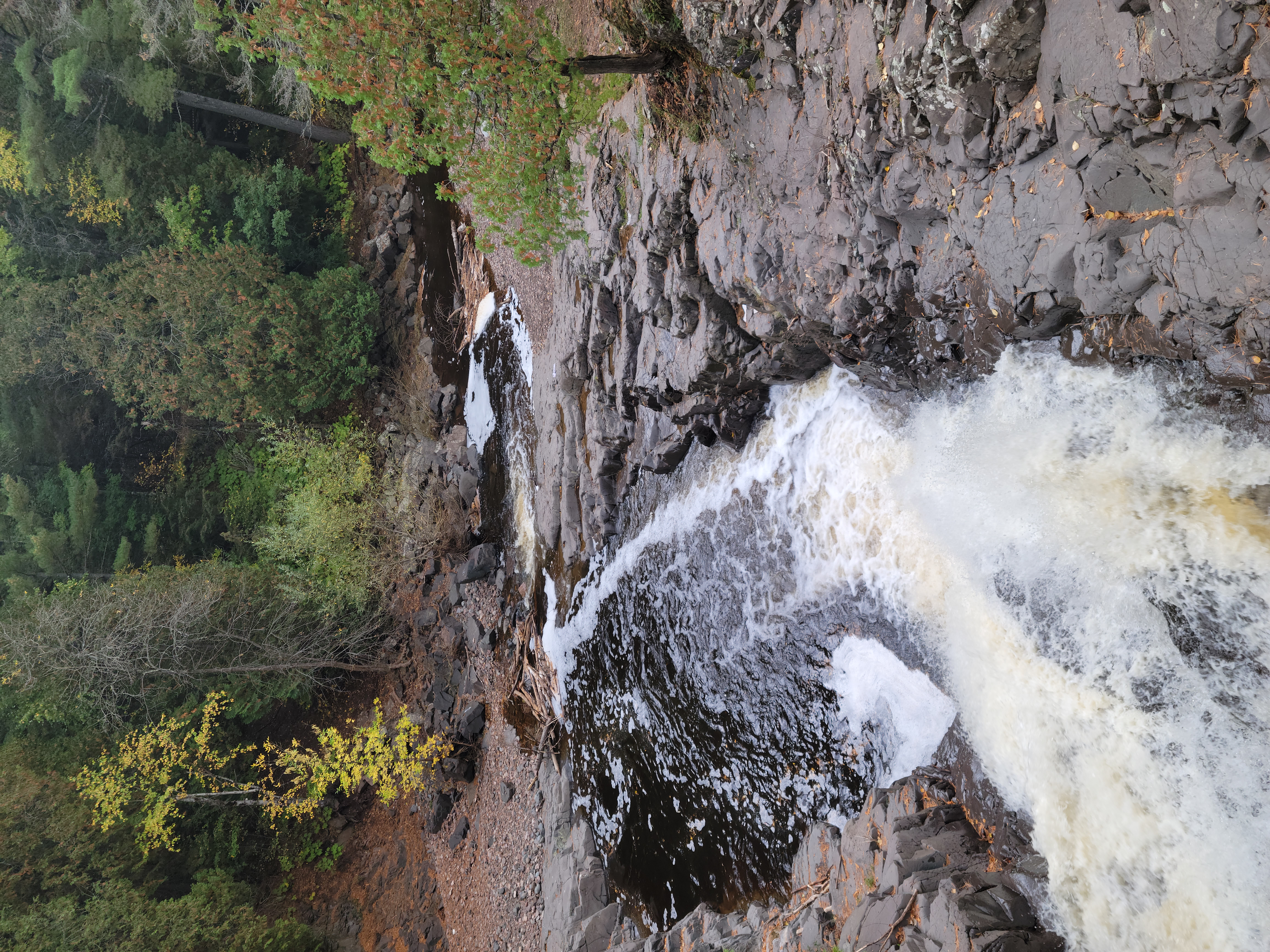
Tischer Creek is the next watershed west of Amity Creek. The upper part of this watershed runs through the City of Rice Lake, which has been a valuable partner in a recent small watershed planning effort championed by the MNDNR called the Tischer Creek Roadmap to Resilience plan. The plan is now complete, and information about the framework, potential projects to protect and restore parts of the creek, and other information can be viewed at the Roadmap to Resilience project page: nrmp-implementation-projects-duluthmn.hub.arcgis.com
Tischer Creek runs through the Ridgeview Golf Course, Forest Hill Cemetery, Hartley Park, Congdon Park, and Glensheen. This Creek is impaired for e. coli, an impairment relating to the “swimmable” status of the creek. Currently, e. coli bacteria levels have been measured as too high to be safe for humans, should anyone ingest the water while swimming in the creek. In 2023, the MNDNR and the City of Duluth started conducting a feasibility study on Hartley Pond. Water warms up while being held back in ponds, negatively impacting the trout population downstream of the impoundment. The Feasibility Study will provide information about how to mitigate the thermal impacts from the pond on the downstream reaches of Tischer.
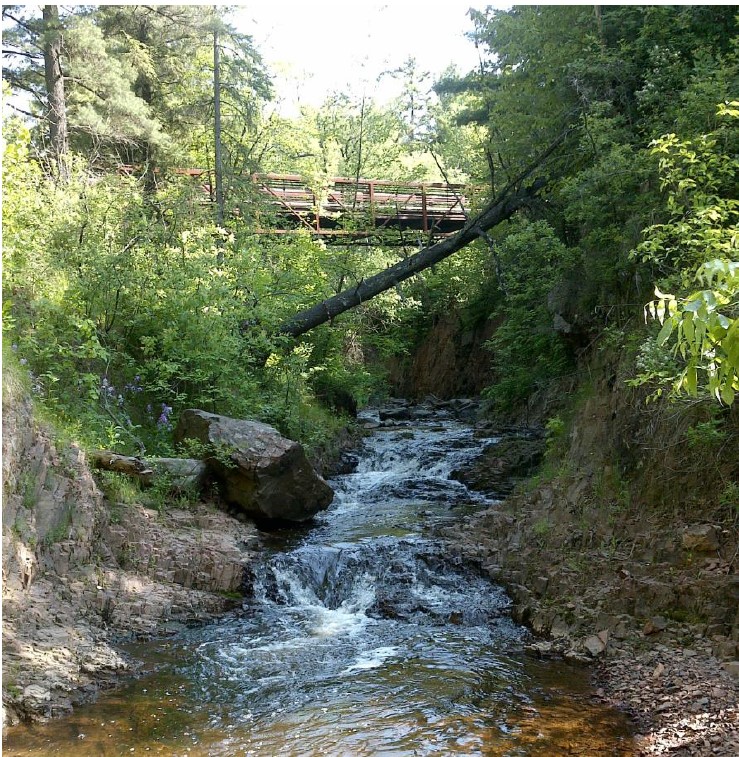
Keene Creek is the westernmost watershed and begins in Hermantown where Trout Unlimited has restored hundreds of feet of stream in order to improve trout habitat. Keene Creek runs through the Oneota Cemetery, Irving Park and empties into Lake Superior at Grassy Point. The St. Louis River One Watershed, One Plan, coordinated by the MN Board of Water and soil Resources, identifies this watershed as the only priority watershed in the City. Funding and attention will be prioritized in Keene Creek as part of the One Watershed, One Plan implementation process. In 2024, the City of Duluth Engineering Dept will be constructing about an acre of green infrastructure in Irving Park to help capture stormwater and provide infiltration before being discharged into the creek. This will allow for stormwater runoff to be treated and cooled before entering the creek, which will benefit the trout population and help address this creek’s e. coli impairment.
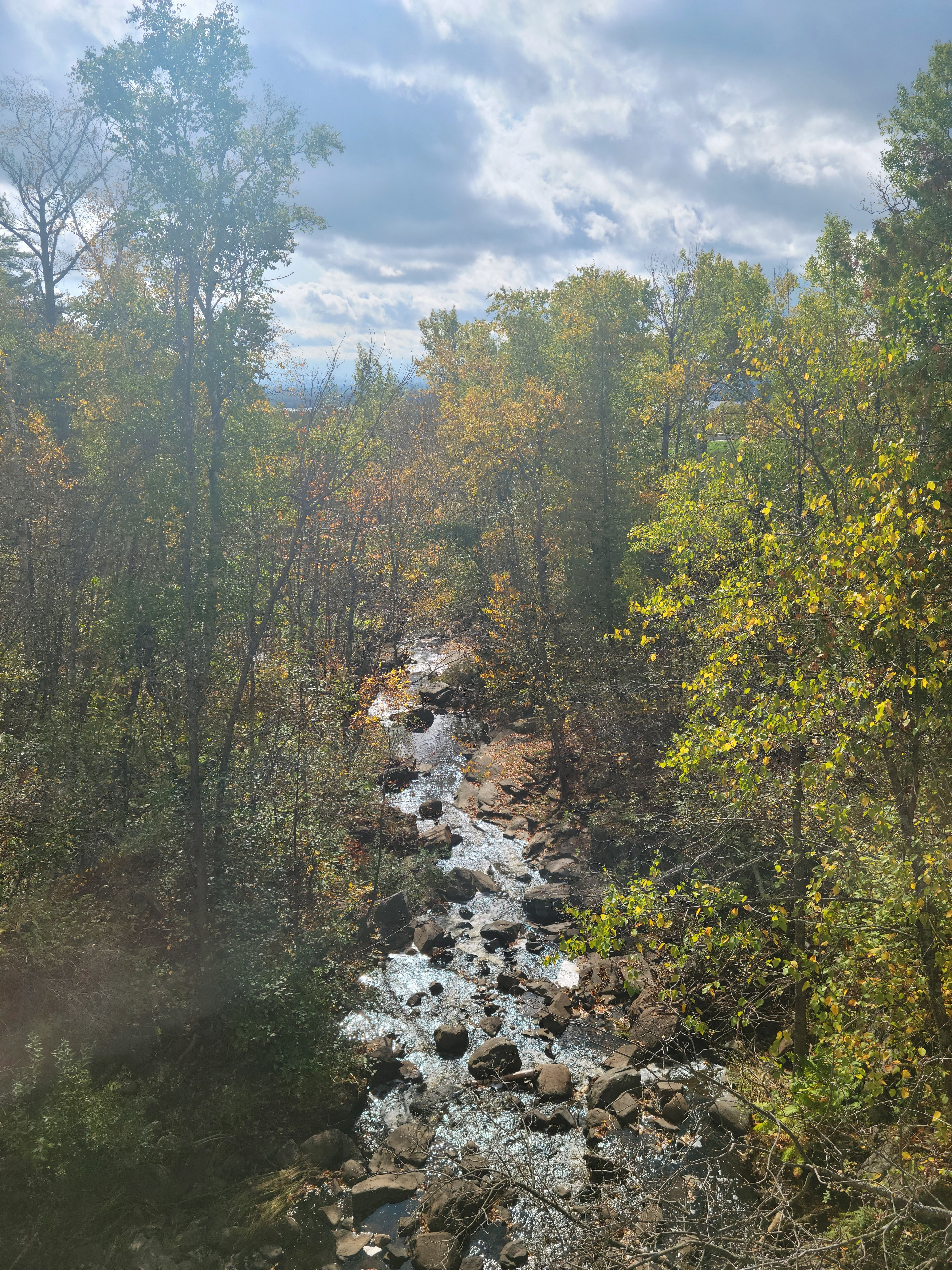
- Miller Creek Stream Restoration Project between Kohl's and Sundby Road. 2022-2024. A long-planned project to restore a 1,500 foot channel that was ditched many years ago to a more natural, sinuous channel with improved trout habitat and flood storage potential. Designed and constructed by the South St. Louis Soil and Water Conservation District.
- Coffee Creek hydrological restoration at South Arlington Avenue. 2023. A culvert will be removed to allow for restored hydrologic function in Coffee Creek and Miller Creek. Designed and managed by the MN DNR.
- Tischer Creek hydrological restoration at Maryland Ave. 2023. An abandoned concrete culvert on West Tischer Creek is blocking fish passage and is impairing stream function. This culvert will be removed, and the stream channel restored. Designed by the South St. Louis Soil and Water Conservation District; Project Management by the MN DNR.
- Buckingham Creek Stream restoration at Enger Golf Course. 2024. This designated trout stream will be restored through a part of the golf course. Designed by the South St. Louis Soil and Water Conservation District with Beaver River Consulting; Project Management by the MN DNR.
